The prehistoric world was a realm of monumental beasts and formidable predators that ruled the ancient landscapes. These apex predators were the top of their respective food chains, showcasing remarkable adaptations that allowed them to thrive in a range of environments. In this article, we will journey back in time to explore the deadliest apex predators of prehistoric times. From colossal marine reptiles to fearsome dinosaurs, we will uncover the thrilling world of these ancient hunters and the fascinating ecosystems they dominated.
Tyrannosaurus Rex: The King of the Dinosaurs

The Tyrannosaurus Rex, often referred to as T. rex, is arguably the most iconic apex predator of the dinosaur era. Roaming what is now North America approximately 68 to 66 million years ago, this massive carnivore measured up to 40 feet in length and weighed nearly 9 tons. Its powerful jaws could exert a biting force of over 12,000 pounds, capable of crushing bone effortlessly. The T. rex’s keen sense of smell and binocular vision made it a master hunter, capable of detecting prey from great distances, making it a formidable force of nature in the Late Cretaceous period.
Spinosaurus: The Sail-Backed Hunter

Spinosaurus is renowned for its distinctive sail-like structure on its back and its semi-aquatic lifestyle. Residing in what is now North Africa during the Cretaceous period, it is considered one of the largest carnivorous dinosaurs, surpassing even the T. rex in size. Reaching up to 59 feet in length, Spinosaurus was an adept swimmer, using its elongated snout to snatch fish from rivers and lakes. Its unique adaptations signify a diverse predatory strategy, rendering it a successful apex predator in both aquatic and terrestrial environments.
Megalodon: The Giant Shark of the Seas
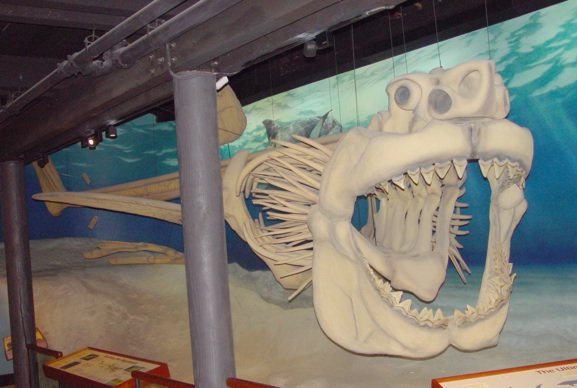
Megalodon, the largest shark to have ever existed, ruled the oceans approximately 23 to 3.6 million years ago. This enormous predator measured up to 60 feet in length, with jaws so powerful they could crush the bones of large marine mammals. Megalodon’s teeth, some reaching over 7 inches long, are among the largest of any shark species. Its size and strength made it the apex predator of its time, preying upon whales and other massive ocean-dwellers with ease, cementing its status in prehistoric marine ecosystems.
Deinosuchus: The Terrifying Crocodilian
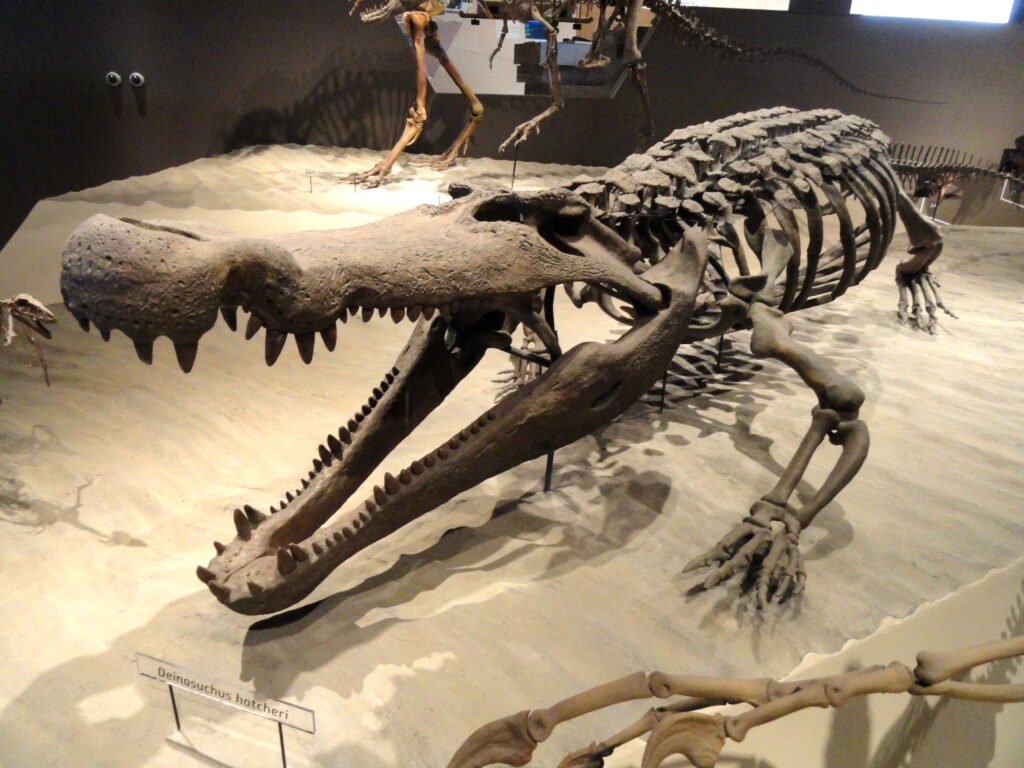
Living during the Late Cretaceous period, Deinosuchus was a gigantic relative of modern crocodiles. Estimated to reach lengths of up to 35 feet, this predator inhabited the waterways of North America and fed on a range of prey, including dinosaurs. With its enormous, robust jaws and deeply set teeth, Deinosuchus could deliver a crushing bite that rivaled even the T. rex. Its ambush hunting techniques and remarkable size made it one of the most fearsome predators of its era.
Liopleurodon: The Pliosaur Powerhouse

Liopleurodon was a large pliosaur that patrolled the prehistoric seas during the Middle to Late Jurassic period. This marine reptile could reach lengths of up to 25 feet, although some estimates suggest specimens could have been even larger. Its massive jaws, filled with sharp teeth, were designed to slice through the flesh of its prey, which included fish, cephalopods, and other marine reptiles. Liopleurodon’s power and agility marked it as the apex predator of its marine environment.
Giganotosaurus: The Southern Giant

Giganotosaurus, a theropod dinosaur, once roamed South America during the Late Cretaceous. Slightly larger than the T. rex, it extended up to 43 feet and possessed a skull filled with sharp teeth ideal for slicing through flesh. Giganotosaurus was likely a pack hunter, which would have made it even more effective in bringing down large sauropods, asserting its dominance in the southern hemisphere’s prehistoric landscapes.
Mosasaurus: The Ocean’s Ruler

Mosasaurus was a massive, fearsome marine reptile that dominated the Cretaceous seas. Growing up to 56 feet long, these impressive predators were agile swimmers, using their powerful tails to navigate through the water swiftly. Mosasaurus had an appetite for fish, marine reptiles, and even smaller mosasaurs. Its widespread presence and effectiveness as a predator underscore its crucial role as an apex predator in the late Cretaceous oceans.
Sarcosuchus: The SuperCroc

Also known as “SuperCroc,” Sarcosuchus was one of the largest crocodile-like reptiles to have existed. Measuring around 40 feet in length and weighing up to 8 tons, it inhabited the rivers of Africa during the Early Cretaceous period. Sarcosuchus could prey upon young dinosaurs and large fish, utilizing its massive jaws and numerous teeth, which enabled it to grasp and subdue its prey effectively. Its considerable size and strength made it an unrivaled predator within its ecosystems.
Thalassomedon: The Long-Necked Predator
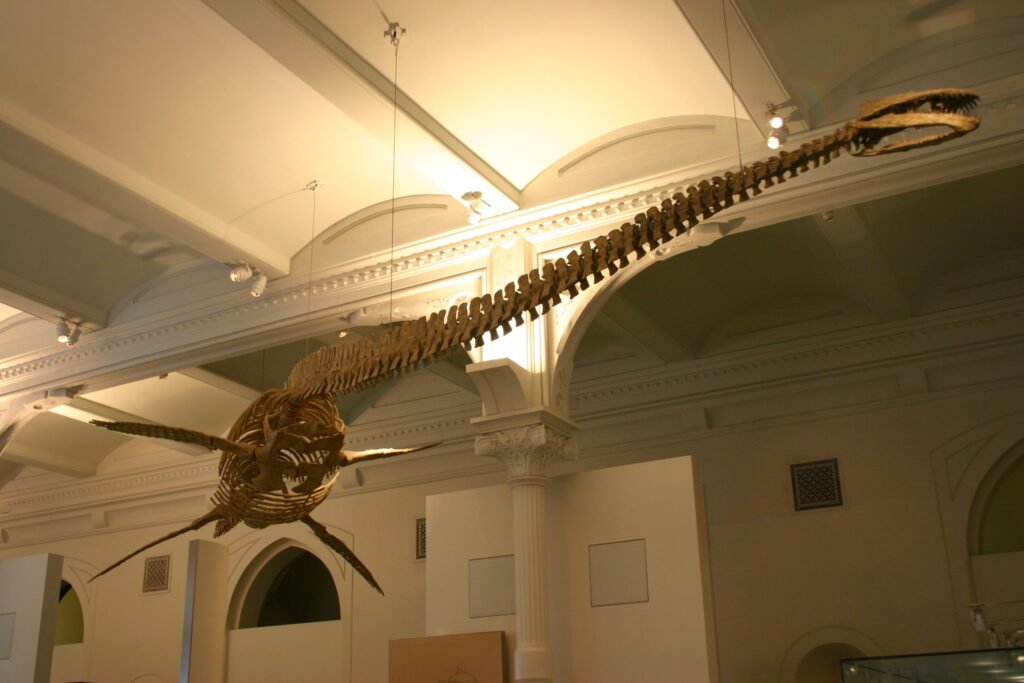
A member of the plesiosaur family, Thalassomedon roamed the oceans during the Late Cretaceous. It was characterized by an extraordinarily long neck, which possibly exceeded 20 feet, enabling it to ambush prey with precision. Measuring 40 feet in total length, Thalassomedon preyed on fish and cephalopods. Its unique hunting strategy and physical attributes secured its position as a dominant force in the marine food web.
Smilodon: The Saber-Toothed Cat
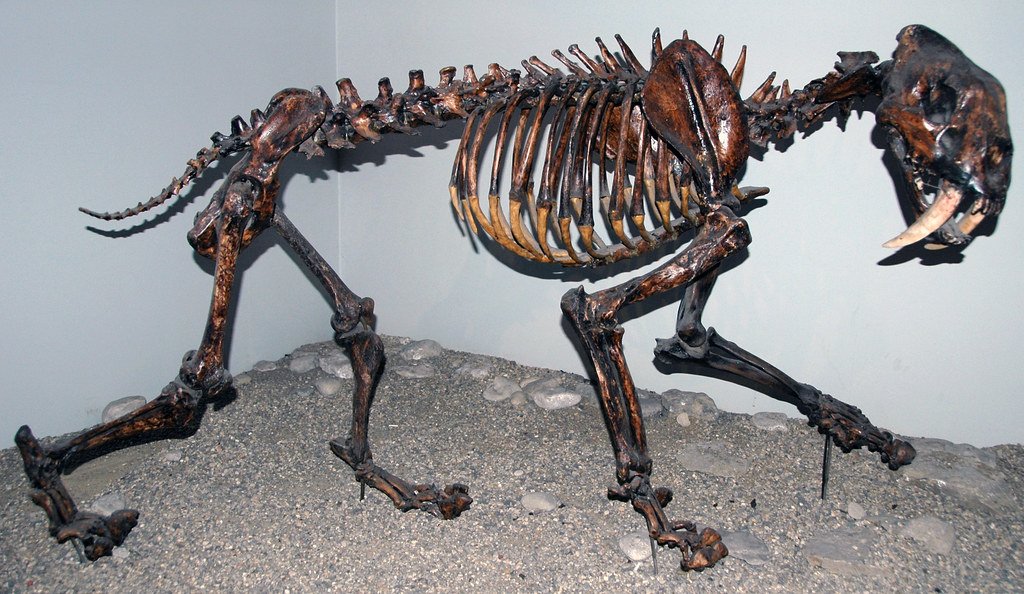
While not a dinosaur, Smilodon, commonly known as the saber-toothed cat, was a fearsome apex predator of the Cenozoic era. Known for its elongated canines, Smilodon could deliver precise bites in close combat with its prey, which included large herbivorous mammals. Roaming the Americas during the Pleistocene epoch, its powerful forelimbs and well-developed muscles allowed it to grapple and subdue its prey, leaving a lasting legacy as one of the most iconic prehistoric predators.
Conclusion: The Legacy of Prehistoric Apex Predators
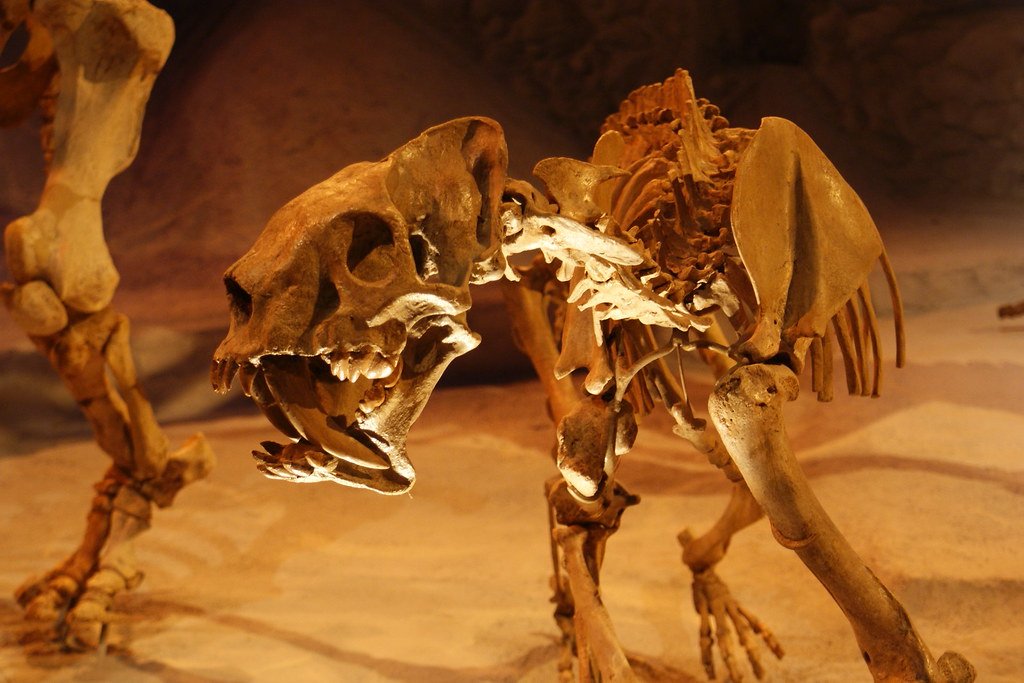
The prehistoric era was shaped by the presence of these remarkable apex predators, each adapting uniquely to their environment to become top hunters. Their formidable characteristics and behaviors were inherently tied to the ecological balance of their time, influencing the evolution of countless species. Understanding these ancient predators offers a window into a world long past, highlighting the wondrous biodiversity that once flourished on Earth. As we uncover more about these legendary creatures, their legacy endures in the fossil records, inspiring a profound appreciation for the history of life on our planet.



